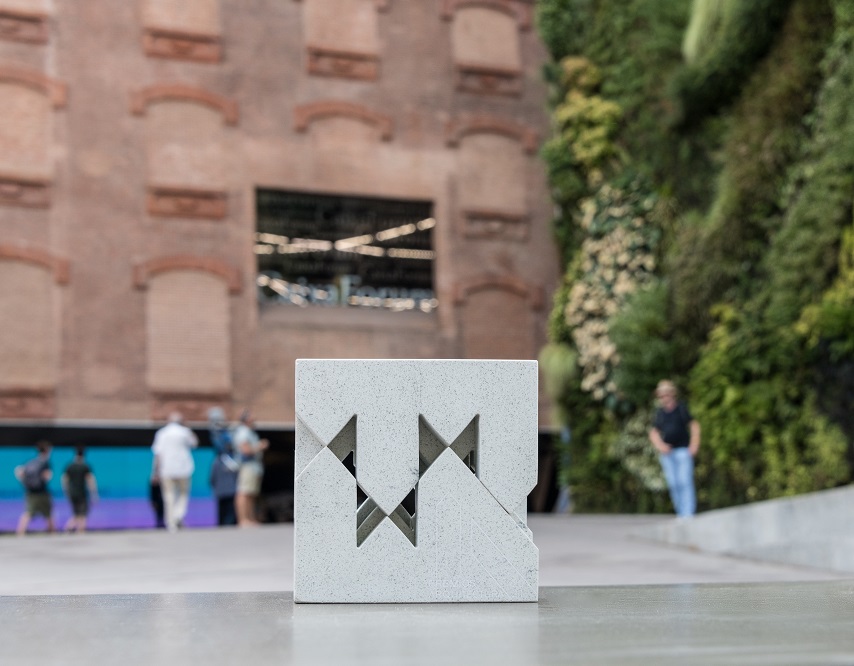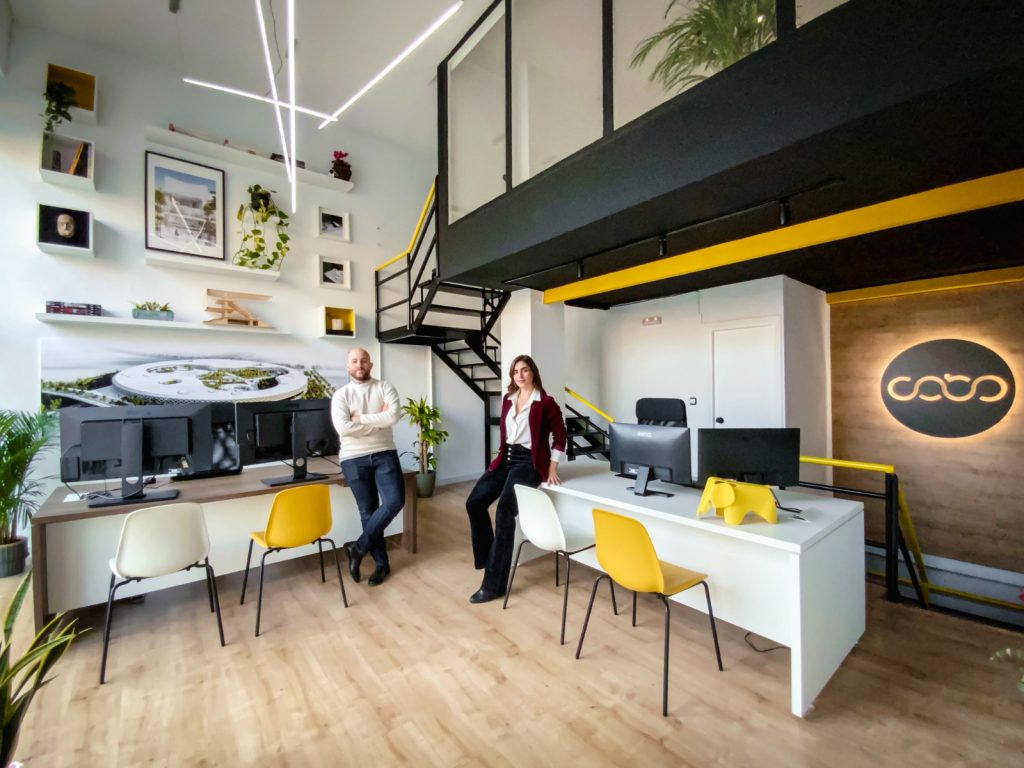
Jorge Cobo and Aurora Donoso reveal the philosophy behind their architecture studio, COBO Architecture It is a multidisciplinary design office created in 2018, with an innovative, modern, and pioneering concept, which works on the intersection between architecture and design.
COBO Architecture has worked and collaborated with other firms on a multitude of projects, both on the national and international level. Throughout their journey, they’ve had the chance to develop attractive projects including institutional and cultural buildings, residential architecture, ephemeral architecture, pavilions, offices, museums, and sports facilities.
Today in The Decorative Surfaces, we chat with them.
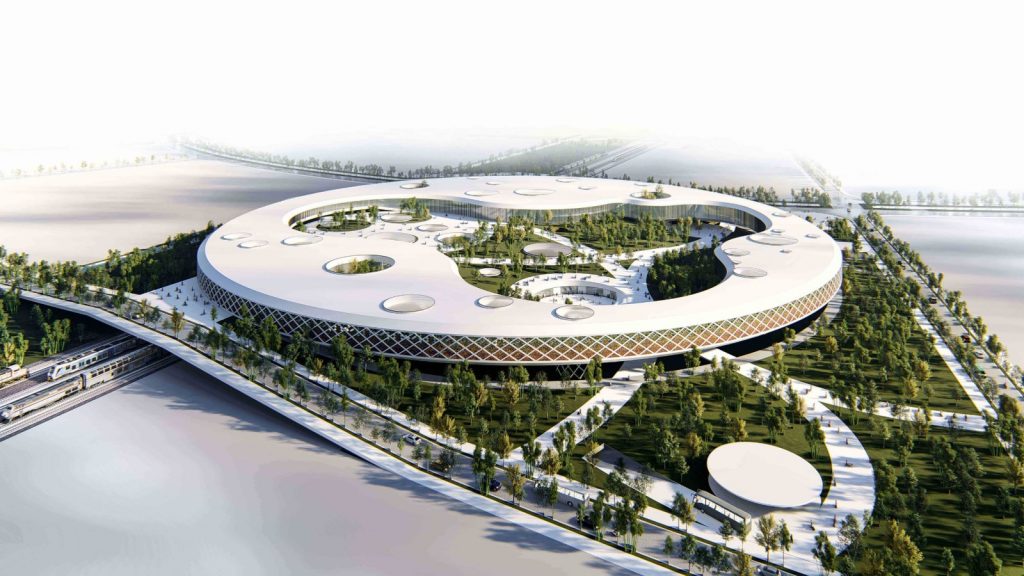
You have a great number of projects under your belts, is there one in particular that holds a special place? And one which you’d like to be able to go back to, to change something about it?
Normally when you return to dealing with a project from some time ago, you detect elements that you would do in a different way today, which isn’t necessarily better. In some ways, we reflect in our projects a part of our personality, in a way that evolves over time at the same time as we do.
We believe that, as you can see, there are no two identical or similar projects. This reflects the fact that every single project is the sum of new challenges, new landscapes, new opportunities and applications, which has allowed us to hold a special place for each of them, through the challenges that they allowed us to experience.
What is the project of your dreams – the one which you’d most like to make a reality?
Each new project that arrives in the studio is received with great enthusiasm by the team, no matter its application or scale. The interesting thing is that it entails a challenge and we can contribute something new. In that sense, it’s difficult to choose just one dream project. If we had to choose, it would probably be a complex one, one which would keep us sharp and would allow us to experiment in-depth with the creative processes that we seek within our signature work.
The greater the challenge and complexity, the more we can see the studio’s creative process reflected, since it allows us to stretch our philosophy and understanding of architecture to the limit.
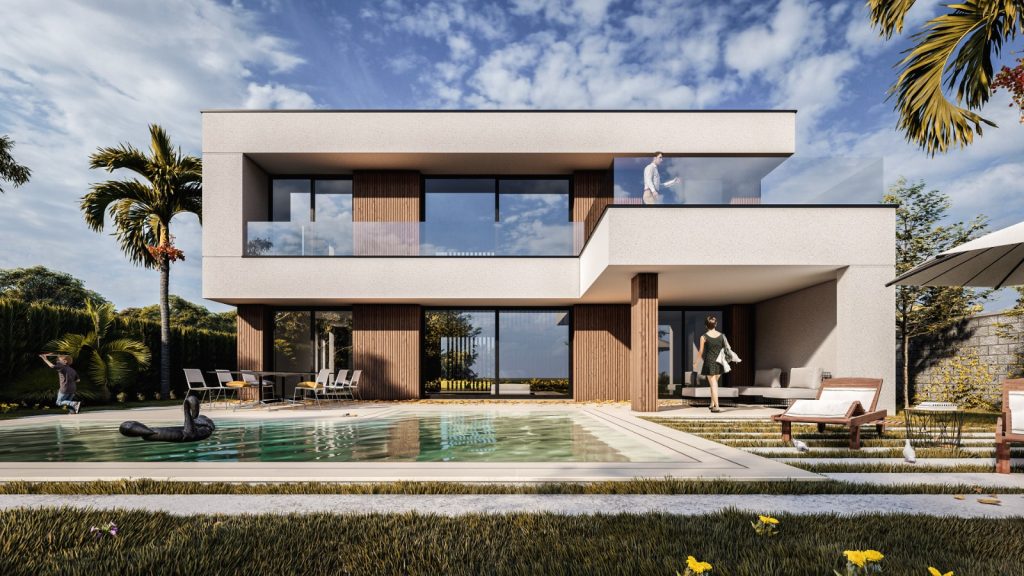
What advice would you give to new and emerging architects about the professional and creative processes employed in each project?
We don’t like to give advice to fellow architects, because we believe that everyone has their own way of working, their own creative process, and that is what makes our profession so rewarding. Perhaps we would tell them to never forget the responsibility that we bear for architecture and, as such, for society.
We understand that architecture must always respond to the basic needs that make it necessary. However, there are many ways to respond to such needs, which provides the opportunity to tackle each project from different points of view, allowing for innovation and progress.
In architecture and art, which figures inspire you personally?
At this point, we have to point to Eduardo Arroyo, of NO.MAD Architects, who has been our mentor ever since we left university, with whom we had the chance to evolve as architects and to whom we are still strongly connected today. He represents a reference for us, and his way of understanding architecture has, without a doubt, had an impact on our concept of it, being a passion more than a profession, an authentic necessity.
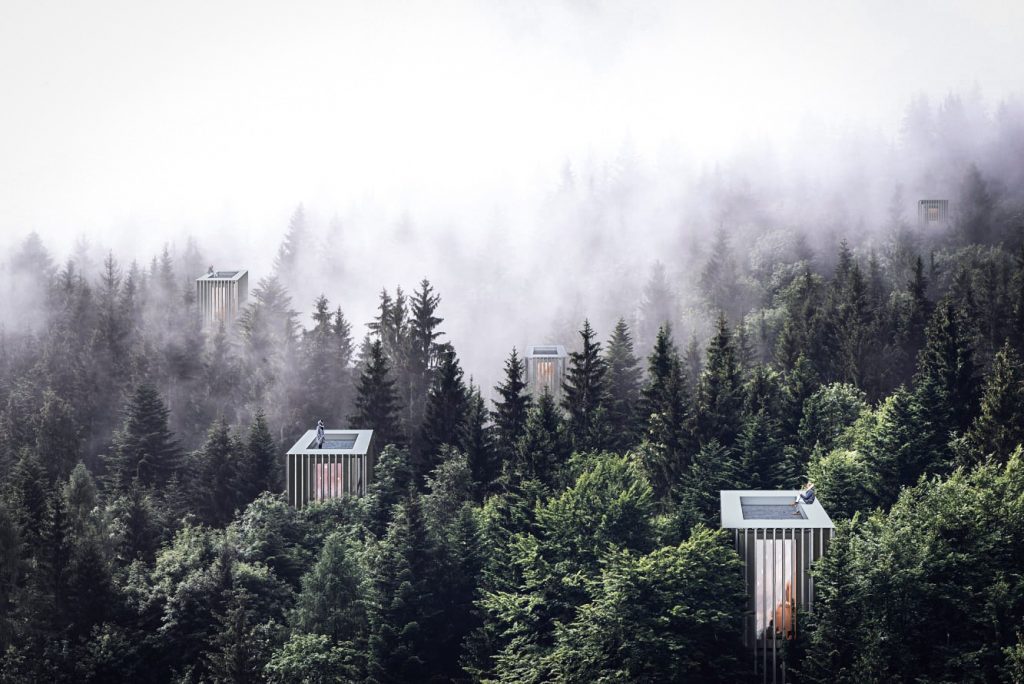
What do you think is your personal mark, the seal by which you’d like to be recognised?
Within the fundamental equilibrium between design and skill, we seek to deliver new concepts that make each project a complete “necessity” in its context. We experiment with the intrinsic capabilities of the materials and their potential application.
We seek to make each of our projects unique for the place where they will be located. Their scale, form, and geometry, as well as the visual relationships and their materiality, have to respond to the need to be presented and integrated in the heart of their surroundings
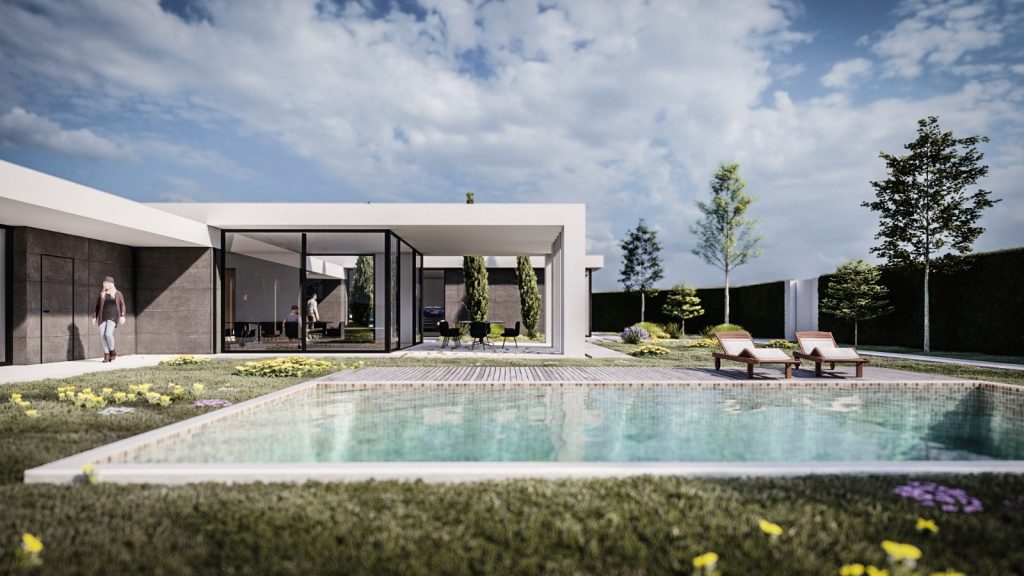
How well do you know COMPAC materials? What value do these materials offer in architecture?
Throughout the years we have come across COMPAC’s decorative flooring on many occasions. They are materials which allow the architect to play around with the places they design. They allow the aesthetic and desired contrasts to be realised, always going hand in hand with a strong degree of functionality.
What role do you think technology plays in modern architecture? Is there a particular application you’d like to try out?
Without technology there is no progress, there is no practical advantage of progress in knowledge and, as such, it represents a strong force for change. The range of tools currently available in our sector is endless. We would try out any application that allowed us to improve our procedures and help us to continue producing new ideas in our creative process.
The new forms for expressing architecture allow for a better understanding of spaces and their integration within the environment and landscape in many instances.
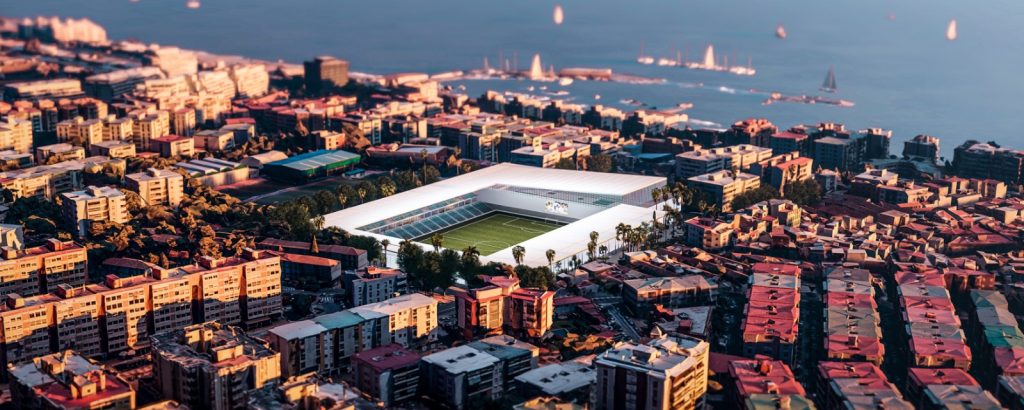
Is there a future project that you can share and would like to discuss?
At the moment we are working on several projects in parallel, on different scales and with different typologies, settings, and budgets.
As such, we have addressed them individually from a typologically different viewpoint, allowing each one of them the ability to reflect their needs, opportunities, and above all, their values within their immediate environment.

